Say goodbye to the biting point – more cars than ever are available with automatic gearboxes.
In fact many models, including all electric cars have ditched manual gearboxes entirely in favour of a shift-free experience.
If you're buying an automatic car for the first time, or just want to hone your skills, this guide will talk you through driving an automatic.
How to drive an automatic car – a step-by-step guide
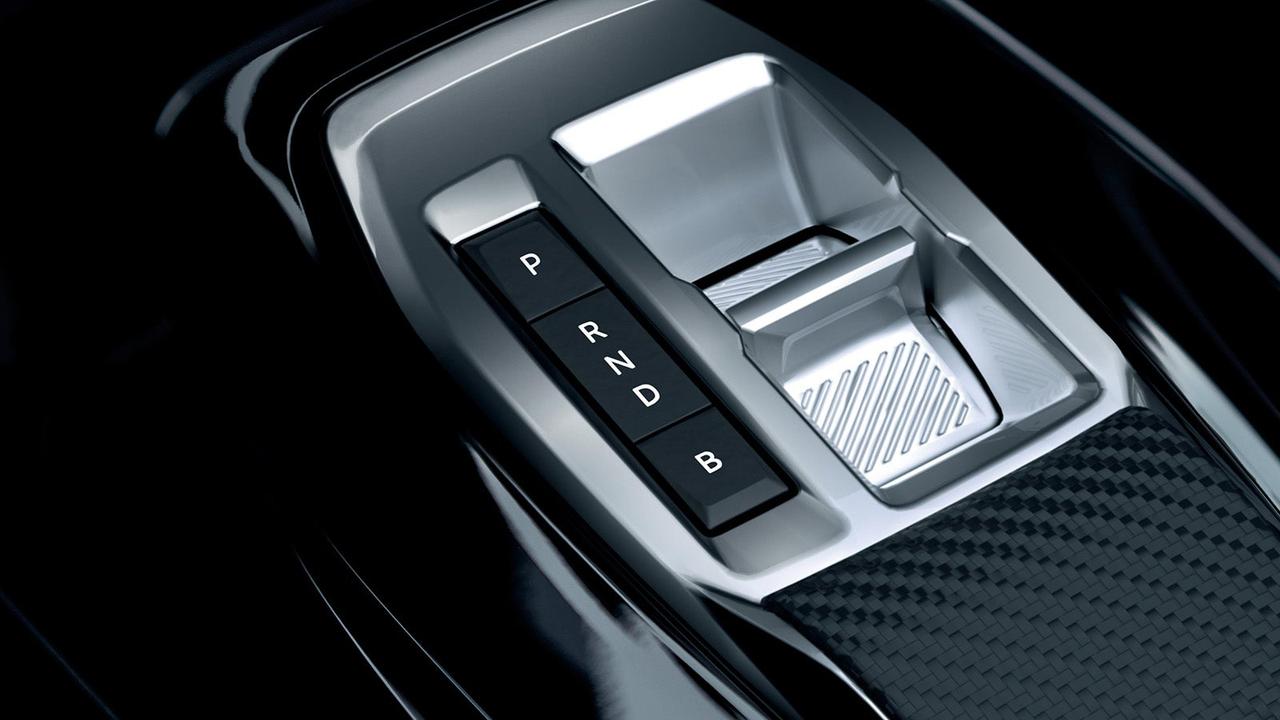
- Start the car and make sure you're ready and safe to pull away
- Check your seat, wheel and mirrors are adjusted correctly
- Next, using your right foot, press the brake pedal all the way down
- You should only use your right foot when driving an automatic – there's usually a footrest for your left foot
- To move forwards, use the shift lever, button or dial to put the car in 'D' for 'Drive'
- This is usually found on the centre console, or on a stalk connected to the steering wheel
- In almost all automatic cars, the car will begin to slowly move forward as you release the brake pedal
- Still using your right foot, press the accelerator to speed up
- The automatic gearbox will pick whatever gear it thinks is right for your speed and accelerator position
- If the car doesn't move when you first release the brake, it will remain stationary until you gently press the accelerator – this is more common on some hybrid and electric cars
- When you're ready to slow down, press the brake pedal with your right foot to reduce your speed
- You can bring the car to a complete stop – say, at a junction or some traffic lights – using the brake pedal, and keep it stopped by holding the brake pedal down
- The automatic gearbox means the car will never stall when you come to a stop
- Release the brake to make the car creep forward once you're ready to drive off again, using the accelerator to speed up
- To go backwards, press the brake all the way down with your right foot so the car is stationary, and shift to 'R' for 'Reverse'
- Then, gradually lift off the brake to creep backwards
- It's usually enough to just use the brake to adjust your speed and bring yourself to a stop – but you can press the accelerator to make the car reverse faster
Are automatic cars easy to drive?
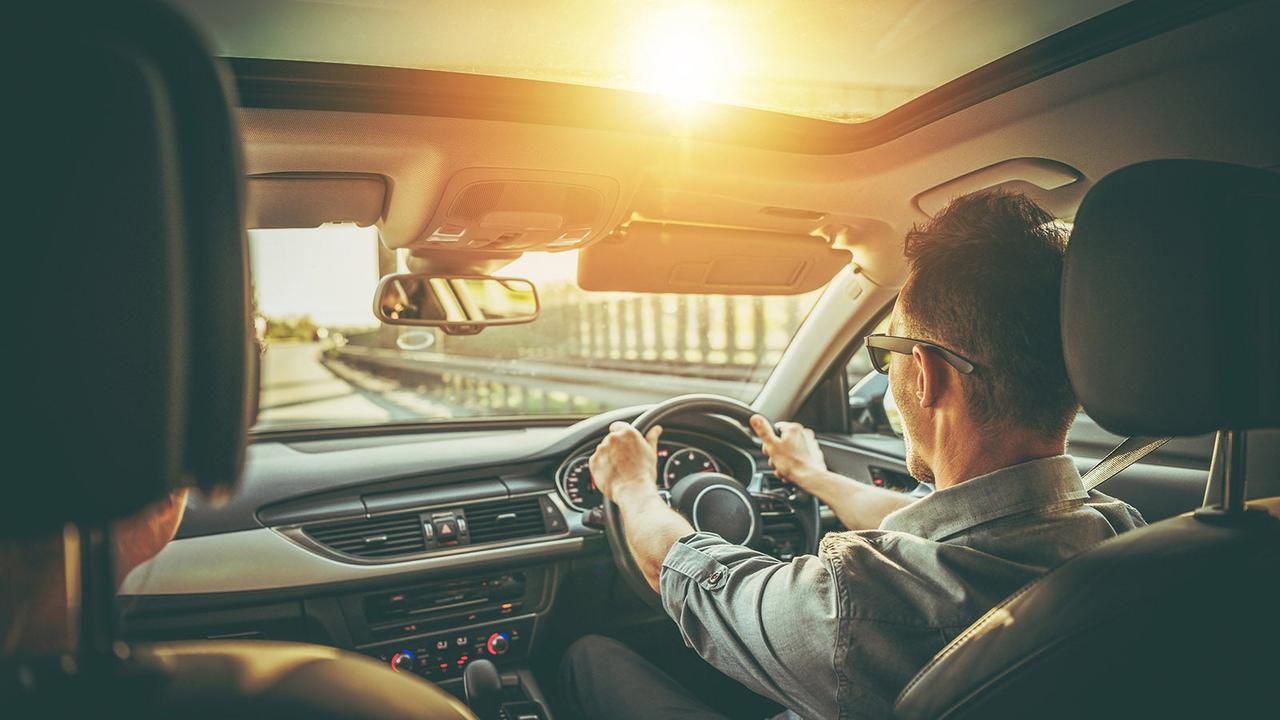
Yes! That's why they were invented in the first place to take away the hassle of shifting gears and messing around with clutch pedals.
However, they can take a little getting used to if you've never driven an automatic before. Perhaps the most unnerving thing for a beginner is the fact the car starts to move as you release the brake. Simply remember that you can always just press the brake all the way down again to stop the car, with no fear of it stalling.
This sensation really only lasts for a minute or so and you'll very quickly find yourself enjoying the ease of automatic driving. You'll never need to think about what gear to be in, or worry about managing the bite point.
How does an automatic car work?
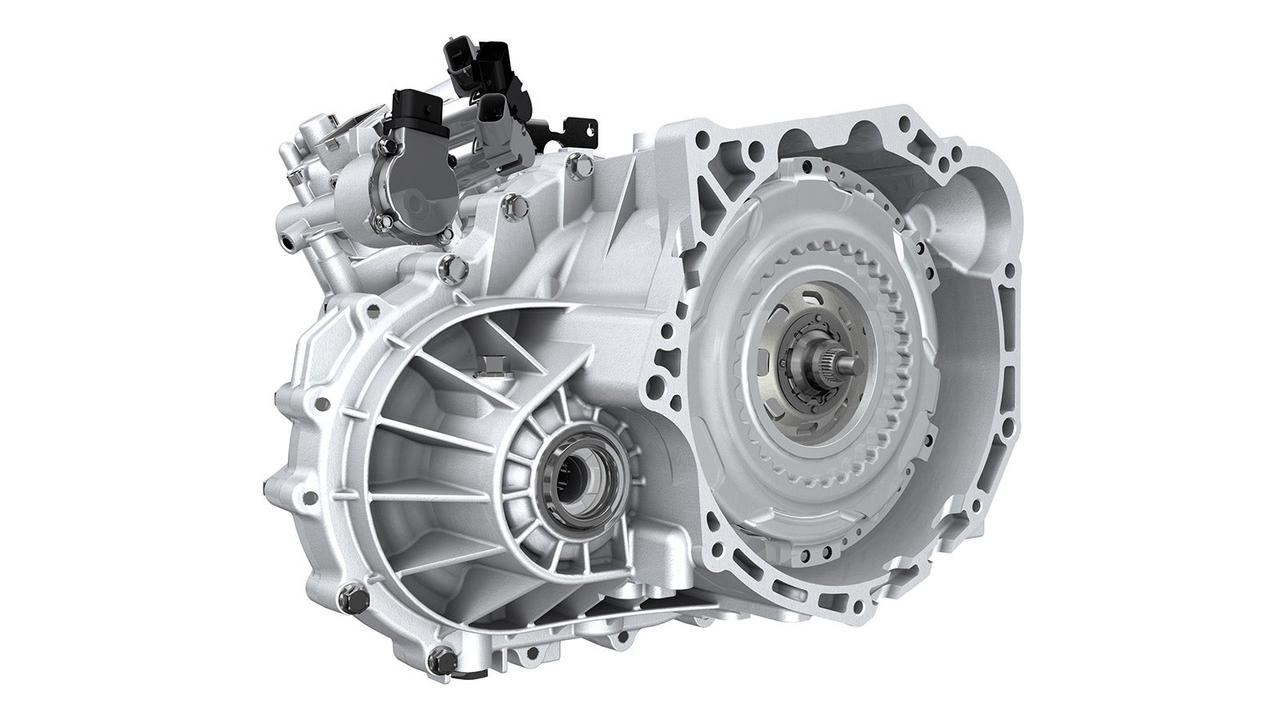
Automatics have two main jobs. The first is disconnecting and reconnecting the engine from the wheels as you stop and start moving. This is because engines have to keep turning to work, but your wheels need to be able to come to a stop without the engine also stopping.
The second job is to choose the most appropriate gear for whatever kind of driving you're doing. Automatics will sense how fast you're going, how much load the car is experiencing and how hard you're pressing the accelerator, and then base their choices on those conditions. They'll usually sit in the highest possible gear to keep engine revs low and efficiency high, but they'll often shift down to a lower gear if you press the accelerator harder to build up speed more quickly.
Do automatic cars have a clutch?
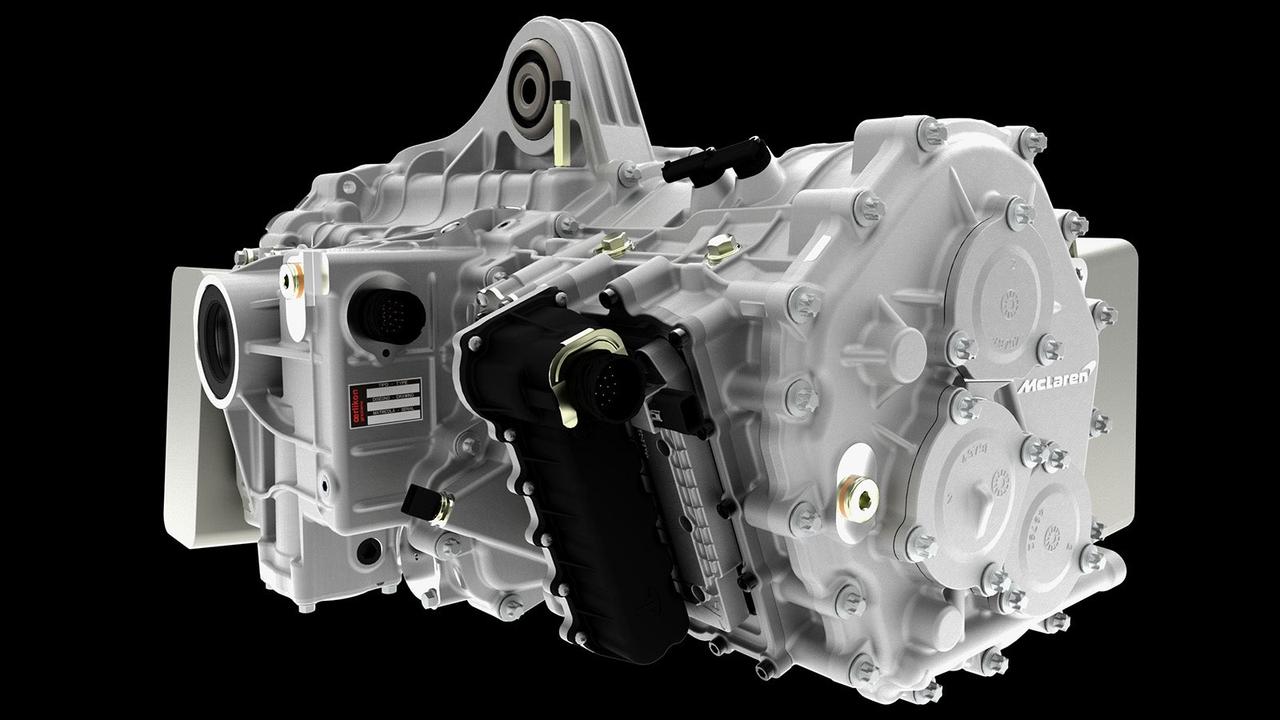
Automatic cars don't have a traditional clutch that the driver can control – so there's no clutch pedal in the driver's footwell.
That said, many automatic gearbox types include internal, automatically controlled clutches. For example, most torque-converter-style automatic gearboxes include a lock-up clutch that bypasses the fluid-filled coupling at higher speeds, reducing fuel consumption.
What are the different types of automatic cars?
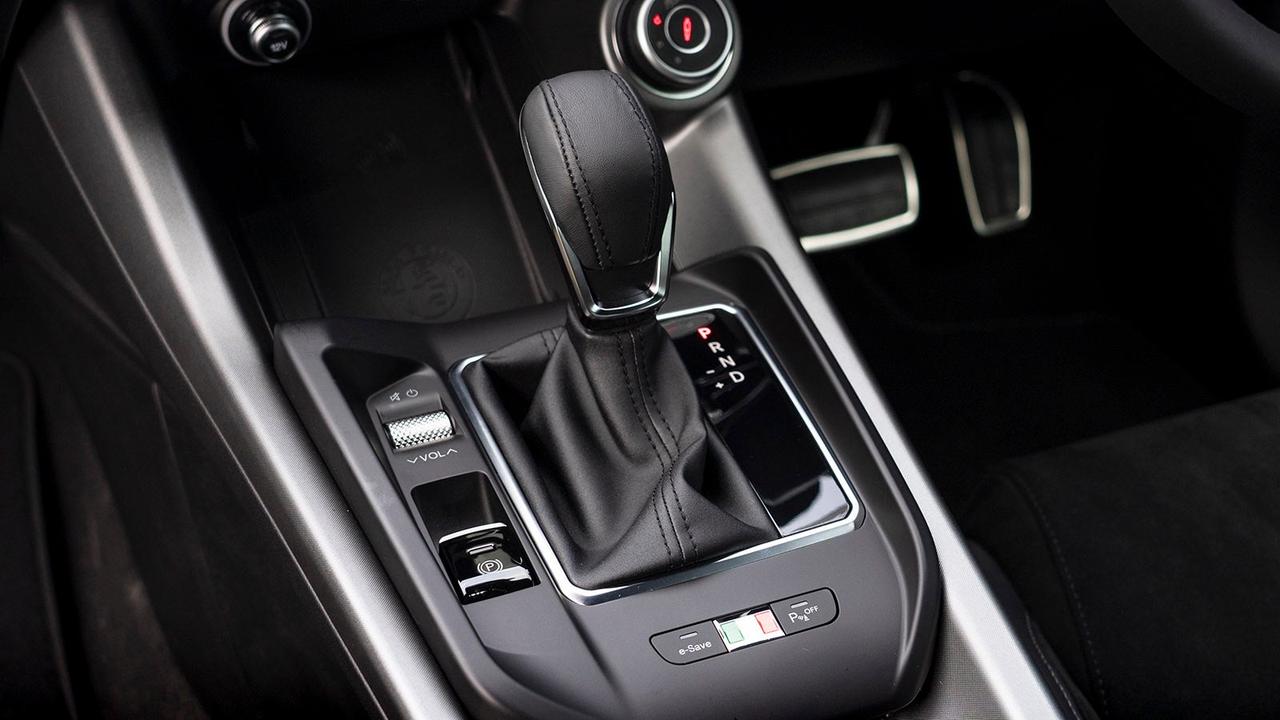
There are three common types of automatic gearboxes found in cars – torque converters, dual-clutch transmissions and CVTs.
Torque converter automatics are common on larger cars such as the Mercedes C-Class or BMW X3. These use a fluid-filled coupling to transfer power from the engine to the wheels.
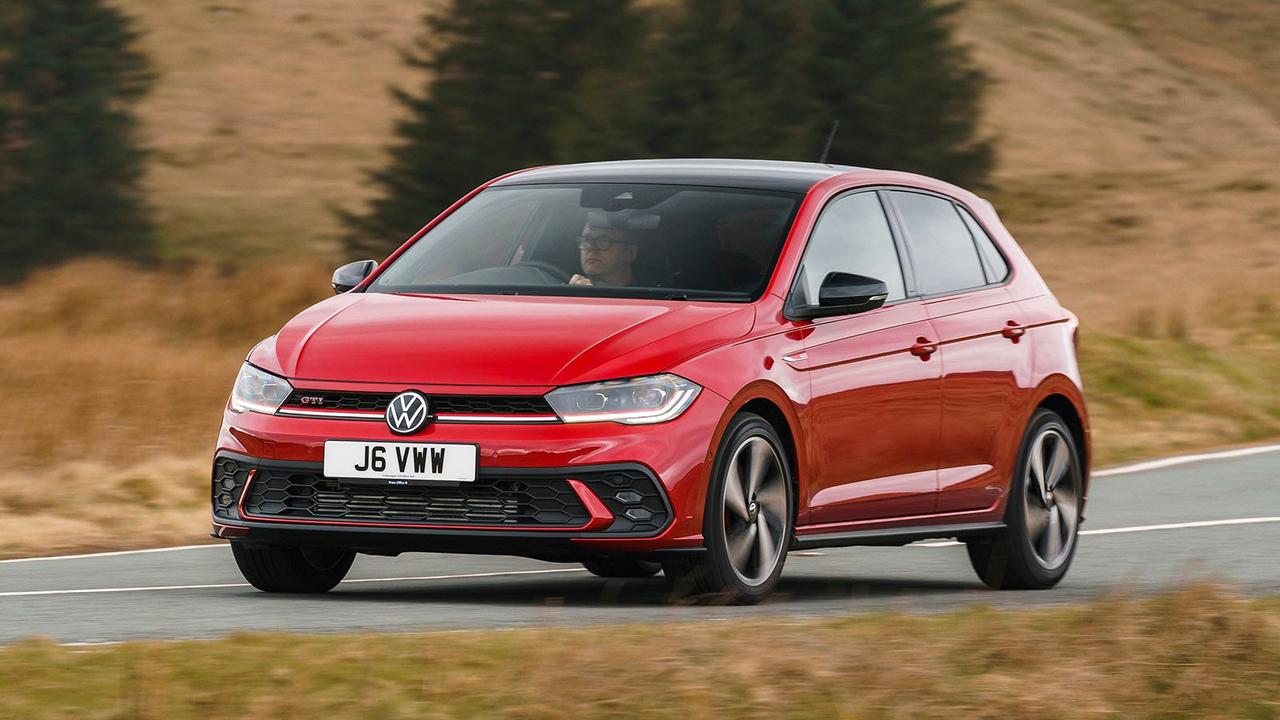
Dual-clutch transmissions, like Volkswagen's DSG or Kia's DCT gearboxes, use a pair of computer-controlled clutches to seamlessly connect and disconnect the engine from the wheels and change gears.
CVTs – continuously variable transmissions – are more common on smaller cars and hybrids. These use a pair of interlocking cones connected by a drive belt to simulate pairs of different-sized gears and, thus, different gear ratios.
How to drive an automatic car efficiently

For many technical reasons, older automatics tended to be much worse for fuel economy than their manual counterparts. Modern autos have mostly eliminated this gap, but there are still techniques you can use to improve your fuel economy.
Since you're generally not in charge of what gear your car is in, you should try to be extra mindful of traffic around you. Reading the road ahead to anticipate when you might need to slow down and speed up will minimise the amount of braking and accelerating you'll need to do, which will improve your fuel economy.
Are all electric cars automatic?
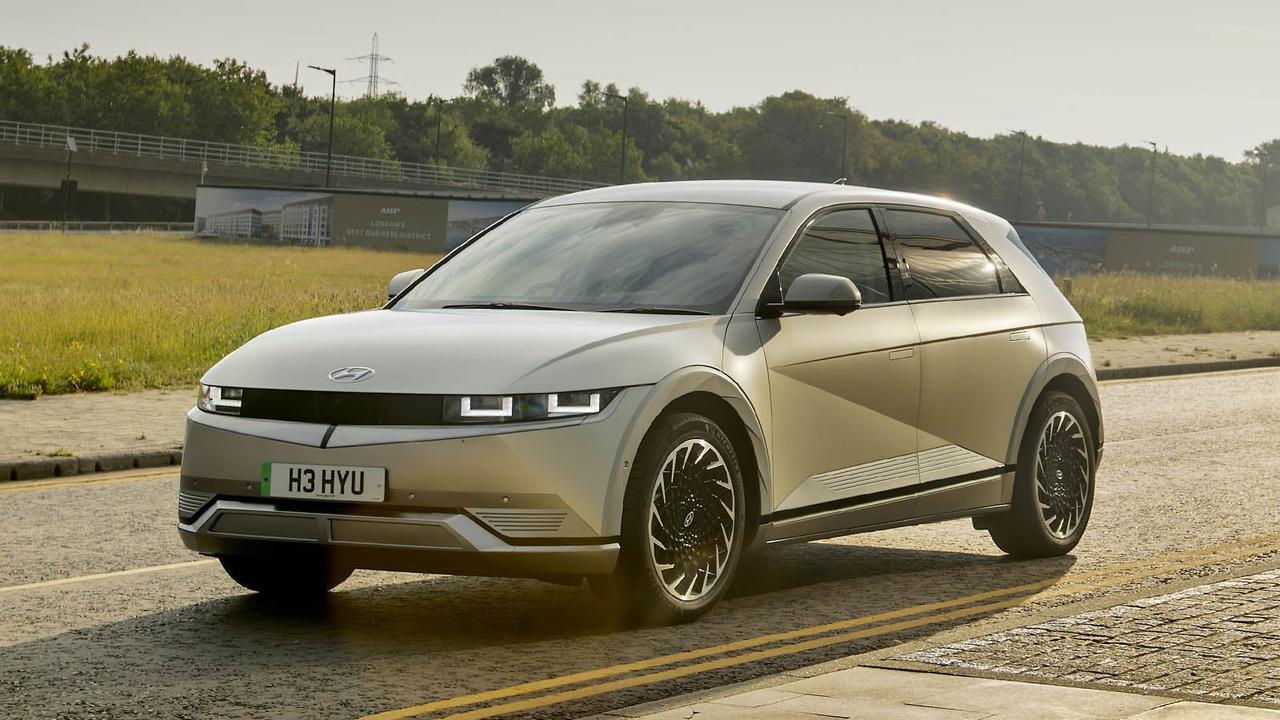
Yes. In simple terms, all electric cars are automatic, save for a few extremely niche examples. This is because electric motors have a much wider range of efficient operating speeds and cannot be stalled.
That means no coupling is needed to separate the motor from the wheels when the car isn't moving – and only one gear is needed to take the car all the way up to its top speed.
There have been proposals to add or simulate manual gearboxes in EVs. China's Chery has built a version of its eQ2 electric car with a fake manual shifter to help learner drivers practice driving traditional manual models. Elsewhere, Toyota has suggested adding a manual gearbox to an electric sports car to make it more exciting.
The appeal is automatic
Find huge savings on a vast range of used automatic cars at Motorpoint.



































